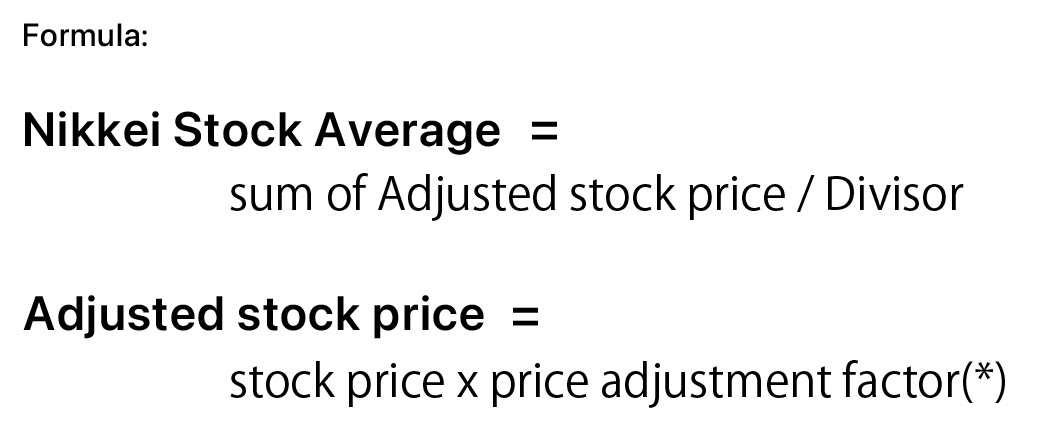Nikkei Indexes
Overview
The Nikkei 225 has been the benchmark for the Japanese economy for over 70 years.
First published in 1950 and calculated retroactively since 1949, the Nikkei 225 has become the symbol of Japan’s economy. The growth in popularity of Nikkei 225 benchmark products has meant that it is vital for investors to obtain high quality index data.
Nikkei Indexes
& NEEDS as data provider
In addition to the index services, NEEDS also provides detailed data on stock ESG-REIT and JPX-Nikkei 400 Index such as moving averages, P/E and P/B ratios. Transaction statistics include information on advanced and declined stock, trading volumes and values.
Available index related data on NEEDS
- Nikkei 225, 300, 500, ESG-REIT and JPX-Nikkei 400 Index
- Stock Market Indicators
- Nikkei Bond Index
- Nikkei JGB Index
- Basic Data for TOPIX calculation
Data Access Options
The data are supplied via NEEDS or Nikkei’s official partners, such as Bloomberg , IHS Markit, RIMES, FactSet, BlackRock, etc. The data coverage depends on the collaborations with each provider.
Nikkei 225 Index Calculation
The index is not a market capitalization index such as the S&P 500 or the FTSE100, which is a price-weighted index, so that the index value is affected more by price movements from high-priced stocks.
The Nikkei 225, as a price weighted index like the Dow Jones Industrial Average, uses its constituent share prices and predetermined weights (= price adjustment factor / divisor). Each constituent stock price is adjusted by the price adjustment factor. The Nikkei 225 is calculated by dividing the summation of the adjusted prices by the divisor. The purpose of the divisor is to maintain the continuity of the index by eliminating the impact on the corporate actions of a constituent not directly related to the market movement in calculating the price-weighted index.
